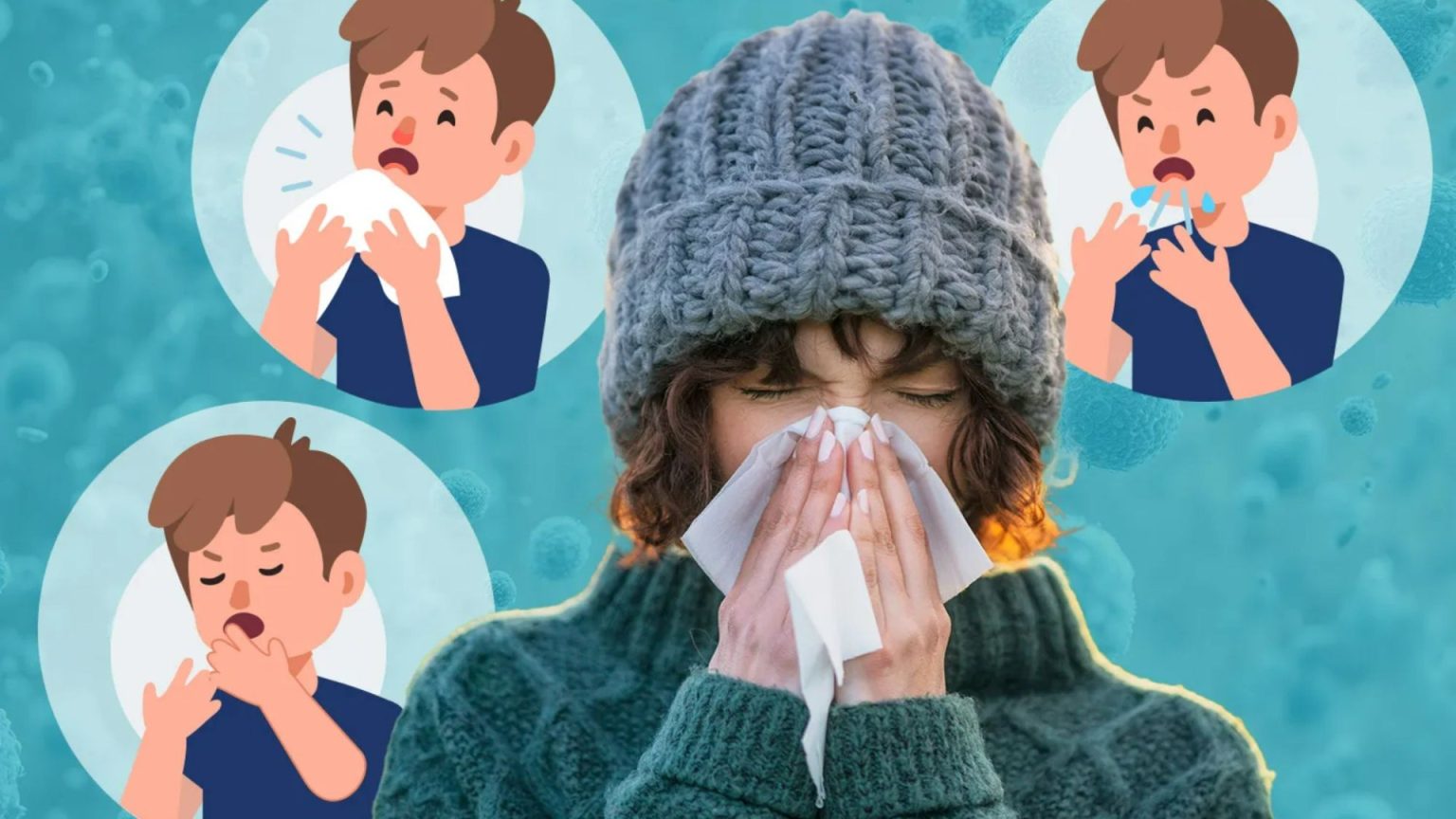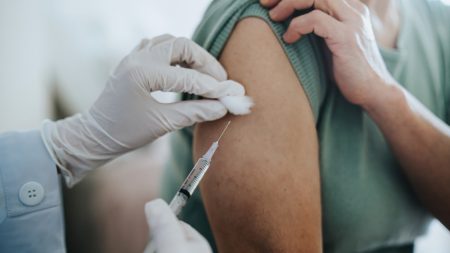The recent surge in human metapneumovirus (HMPV) cases in northern China has sparked concerns, echoing the anxieties experienced at the onset of the COVID-19 pandemic. Although Chinese authorities initially flagged HMPV in 2023, the virus, discovered by Dutch scientists decades ago, is experiencing a resurgence during the current winter season. Social media platforms have been inundated with images depicting overcrowded hospitals in China, fueling public apprehension. However, the Chinese Center for Disease Control (CDC) has attempted to allay fears, emphasizing preventative health measures while dismissing claims of overwhelmed healthcare facilities and another impending pandemic.
Health experts have been quick to differentiate HMPV from COVID-19, highlighting the long-established nature of the virus. Professor Sir Andrew Pollard, Director of the Oxford Vaccine Group, explains that HMPV is a common respiratory virus identified nearly 25 years ago. While it can cause severe respiratory illness requiring hospitalization in infants and the elderly, it typically manifests as mild cold-like symptoms in other age groups. He emphasizes that HMPV is one of many viruses circulating during winter, contributing to increased strain on healthcare systems, similar to the current situation in the UK, where both influenza and HMPV are prevalent. This perspective underscores the seasonal nature of HMPV and its typical impact on healthcare resources.
Professor John Tregoning, Professor in Vaccine Immunology at Imperial College London, draws parallels between HMPV and respiratory syncytial virus (RSV), particularly in children, both presenting with similar symptoms. RSV, a common cause of coughs and colds, typically resolves without intervention but, like HMPV, poses a greater risk to infants and older adults. Professor Tregoning underscores the spectrum of symptoms and severity associated with respiratory viruses. This aligns with Professor Pollard’s observation about the range of HMPV’s effects, from mild cold-like symptoms to severe respiratory illness.
The symptoms of HMPV closely resemble those of RSV, including a runny or blocked nose, cough, sneezing, tiredness, and fever. Infants might also experience irritability and decreased feeding. More severe infections, such as pneumonia or bronchiolitis, can lead to worsening cough, shortness of breath, difficulty feeding, wheezing, and confusion in older adults. Professor Paul Hunter, Professor in Medicine at UEA, assures that symptoms typically resolve within two to five days. He acknowledges the potential for severe disease in vulnerable populations, including the elderly, very young children, and those with underlying medical conditions, highlighting HMPV as a leading cause of respiratory infection in children under five.
Experts are unanimous in emphasizing the distinction between HMPV and the COVID-19 pandemic. Professor Jill Carr, a Virologist at Flinders University, points out that unlike the novel SARS-CoV-2 virus, which emerged from an animal reservoir, HMPV is not new to humans. Existing knowledge about HMPV’s genetic diversity, epidemiology, impact on the lungs, and available diagnostic tests contrasts sharply with the initial uncertainty surrounding COVID-19. While HMPV can cause severe illness and strain healthcare resources, the current situation differs significantly from the unprecedented threat posed by COVID-19. Further research into the circulating HMPV strains and the potential efficacy of measures like social distancing, masking, and rapid antigen testing could provide valuable insights into managing the virus.
Professor Vasso Apostolopoulos, Professor of Immunology at RMIT University, suggests that the HMPV outbreak in China might be attributed to increased vulnerability to co-infections like RSV and influenza, coupled with seasonal and environmental factors that facilitate viral transmission. While the current outbreak isn’t associated with a more dangerous strain, the rising case numbers and pressure on healthcare systems in densely populated areas highlight the need for enhanced surveillance and preventative strategies. Professor Hunter adds that the increased use of molecular diagnostic panels may contribute to higher reported infection rates, making it difficult to ascertain whether increases represent true surges or improved detection. While respiratory viruses have seen a recent uptick in England, it remains within the usual range observed during this time of year. He concludes that there is no current indication of a broader global concern regarding HMPV. This balanced perspective acknowledges the current challenges while reassuring against undue alarm.











